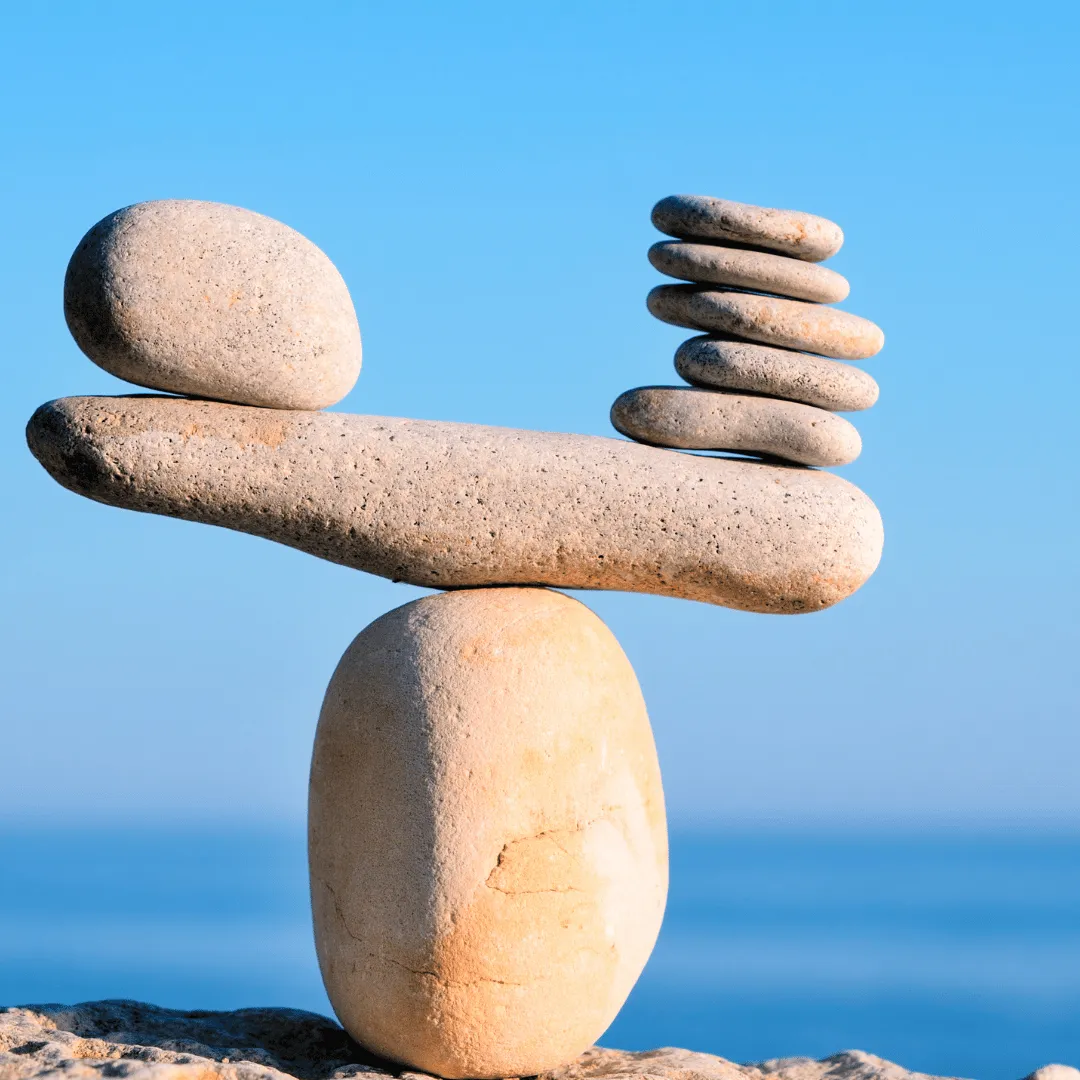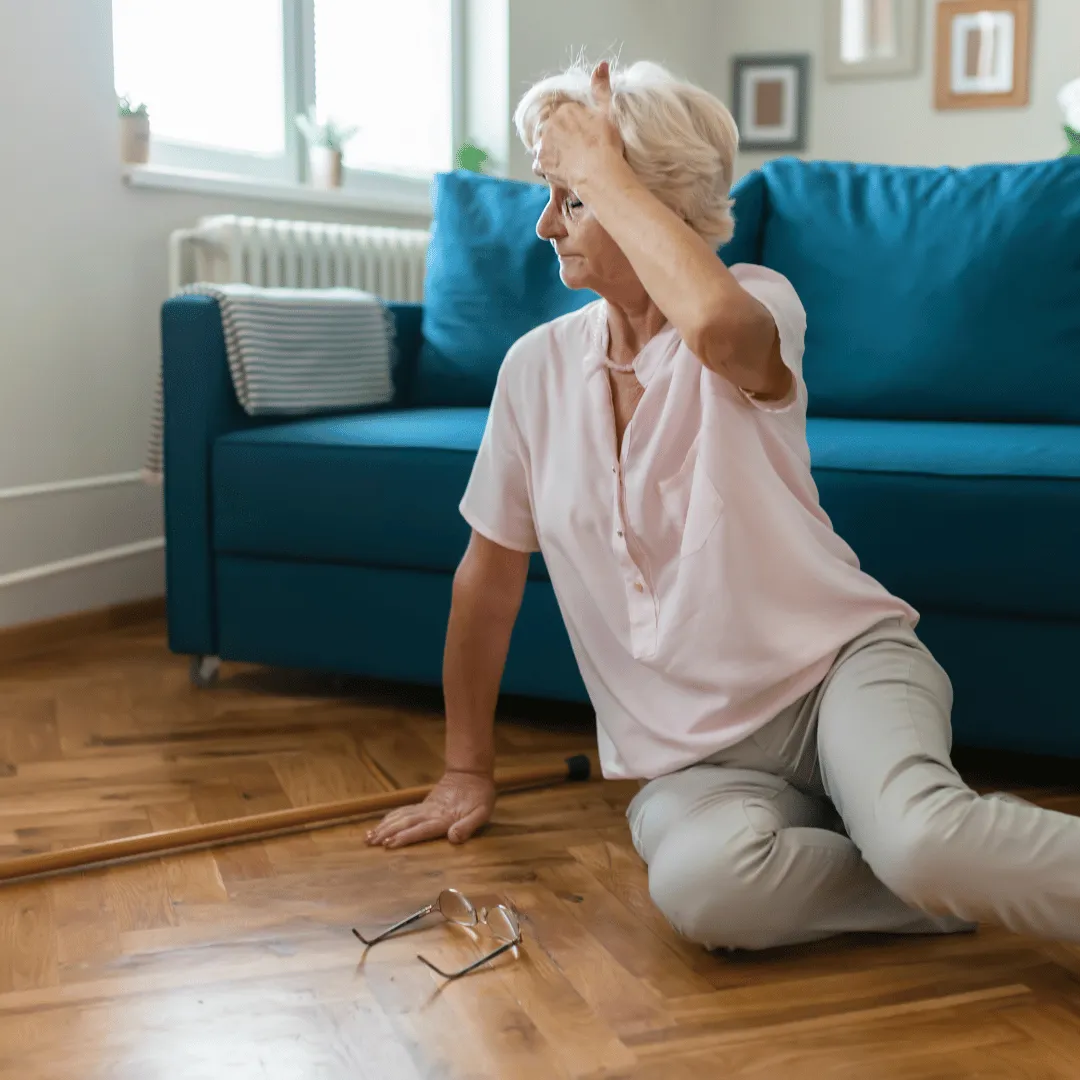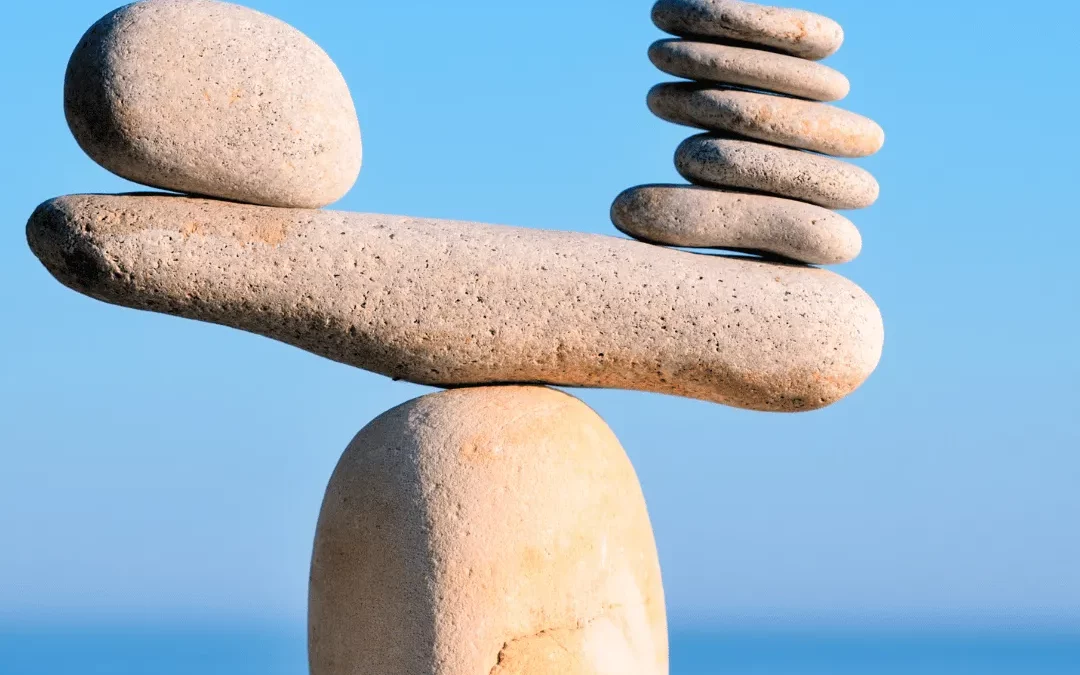Balance and Falls

Balance and Falls Risk Factors

How To Prevent Falls and Fall-Related Injury
- Make an appointment with your doctor. Tell your doctor any problems you may be having with your balance or any other symptoms that have been bothering you. Many conditions can cause problems with balance. Your doctor can examine you to determine the cause of these symptoms or refer you to a specialist, such as a physical therapist, for further examination. You can review all the prescription and over-the-counter medications you take.
- Keep physically active. Activities such as walking, water exercise, or tai chi can be part of your fall-prevention program. Maintaining and improving strength, balance, coordination, and flexibility are essential for proper balance. Always consult with your doctor first before beginning any exercise routine. Many times, your doctor will refer you to a physical therapist to perform a comprehensive physical examination and to guide you through an exercise program based on your specific needs. A physical therapist can help determine if you need an assistive device like a cane or walker to help prevent you from falling.
Since most falls occur in the home the following tips can be followed to make your home safe:
- Make sure to have good lighting in your home. Good lighting will help you avoid tripping over objects that are difficult to see. Put night lights in your bedroom, bathroom, hallways, and stairs. This is helpful for when you need to get up in the middle of the night.
- When you get up from bed, sit on the edge of the bed for a few minutes to make sure you are not dizzy.
- In your bathroom put handrails for bath, shower, and toilet use and place nonskid mats in your bathtub or shower.
- Have rails on both sides of your stairs for support.
- Remove clutter from walkways. This includes boxes, newspapers, electrical cords, and phone cords.
- Make sure rugs are firmly fastened to the floor or have a nonskid backing.
- In the kitchen, make sure items are within reach. Don’t store items too high or too low. In this manner, you will not have to use a stepladder or stool to reach for things or have to bend down too far.
- Wear shoes with firm nonskid soles. Avoid wearing loose-fitting slippers that may cause you to trip.

To learn more about the balance system, click HERE.
References:
- Centers for Disease Control and Prevention: Falls Among Older Adults: An Overview. Available at: www.cdc.gov/HomeandRecreationalSafety/Falls/adultfalls.html. Accessed: July 24th, 2022.
- Fall Prevention: 6 Ways to Reduce Your Falling Risk. Available at: www.mayoclinic.com/health/fall-prevention. Accessed: August 8, 2009.
- Brewer K, Ciolek C, Delaune M, et al. Fall In Community Dwelling Older Adults: Introduction to the Problem. PT Magazine. 2007; 15(7): 38-46.
- American Academy of Orthopaedic Surgeons: Reduce Your Risk of Falling. Available at: www.orthoinfo.aaos.org. Accessed: August 8, 2009



